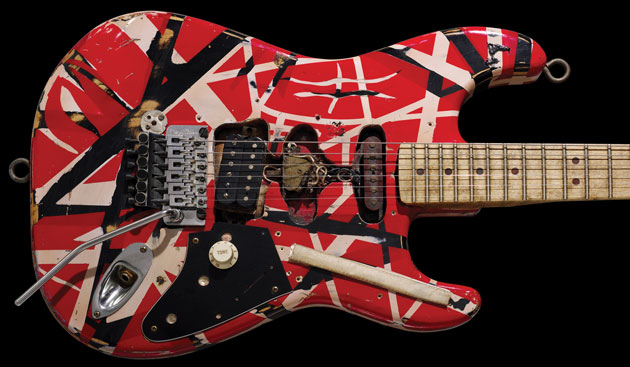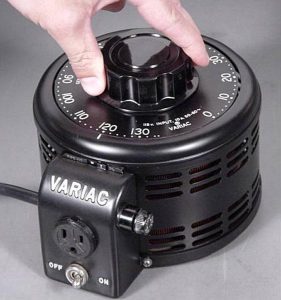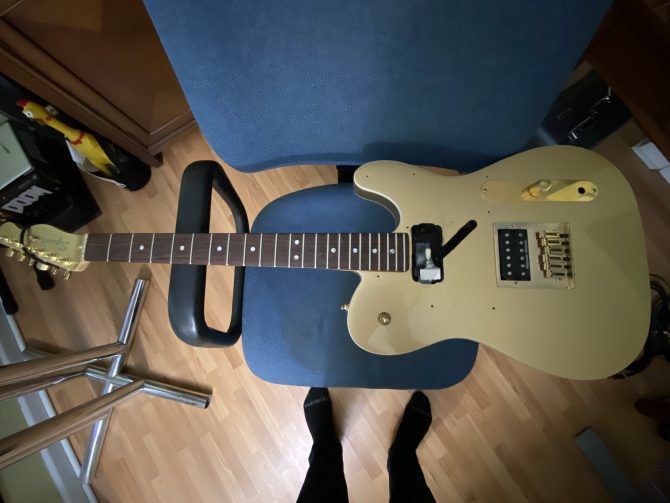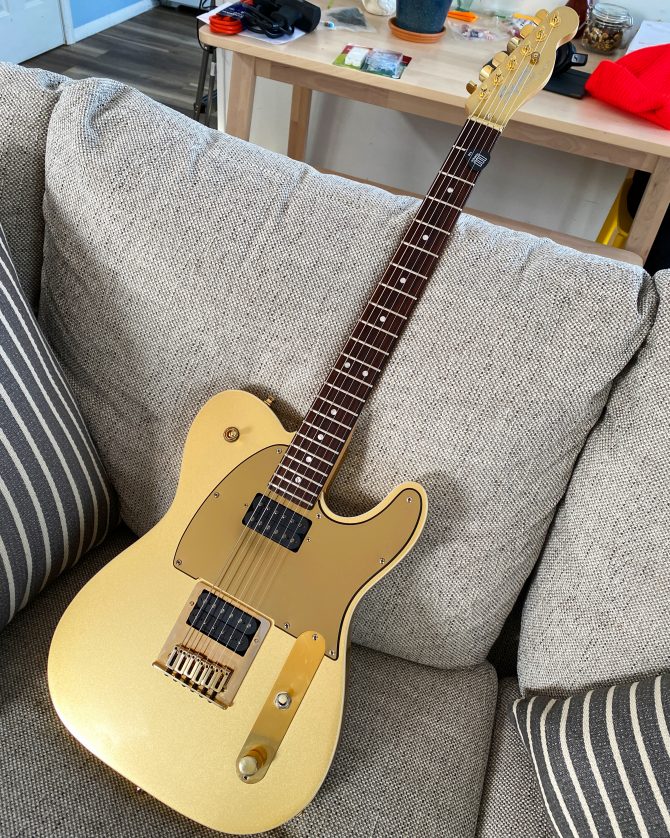In the last few months, two notable musicians who inspired me to seriously pursue guitar playing as a craft in my teens passed away. Alexi Laiho of Children of Bodom was a virtuosic metal player who incorporated neoclassical aspects into his songwriting, fueled by his background as a violinist (which spoke to me deeply, being a young violinist seeking rock n' roll rebellion myself). We lost him at the far too young age of 41.
The other, even more profound loss for myself and the guitar world in general was Eddie Van Halen. Known for being the smiling, lightning fast picker of hard glam rock band Van Halen, Eddie was in an exclusive pantheon of musicians who wholly redefined what it meant to play their instrument. No one heard the guitar played like Eddie prior to his explosion into the music scene with Van Halen's first, eponymous album.
Two-handed tapping, growling dive-bombs, fluid and soulful legato runs, and a picking-hand articulation rivaled by none. Eddie's playing was unprecedented and remains inimitable. Though he didn't necessarily invent some of the techniques he became synonymous with, he took them, turned them up to 11, so to speak, and then ripped the knob off the faceplate.
Turning things up and defying convention was so ingrained in his sonic signature that it permeated every facet of his pursuit for guitar tone, gear, and philosophy. It is almost impossible to talk about Eddie as a guitar player without talking about Eddie as a tinkerer and modifier. His most iconic guitar, appropriately nicknamed the Frankenstrat, is a shining example of his endless modding pursuits - a third-party knockoff Stratocaster neck and body cobbled together with several striped paint jobs on top of each other and a highly personalized pickup that was a result of countless homebrew experiments. He learned that coating the copper coils of the pickups (the electronics under the strings that "pick up" the string vibrations using magnets) in paraffin wax reduced the harsh, squealy interference he was experiencing while trying various electronic configurations. A variation of this process would go on to become an industry standard with pickup manufacturers, thanks to Eddie's incessant tinkering.
(There also is speculation amongst guitar builders that his Frankenstrat pickup actually was partially broken, which is why it was so noisy and unique in its sound, but that is a level of nerdery we are not going to oblige right now.)
Past the vocabulary of his fingers and his custom guitar, he even is known for using an external piece of equipment that starved his amp of proper power so he could get a specific sound from it. After accidentally plugging a British-made Marshall amplifier into the wall while it was still set to operate at 220 volts, Eddie discovered the effects of reducing the power going to his amplifier. The Variac is a variable transformer that allows one to reduce the amount of voltage coming from an outlet using a dial, which Eddie would eventually put between his amp and the wall outlet and experimented with reducing the voltage as low as 60V to hone in on a sound that he liked (it should be noted amplifiers and electronics in the U.S. are configured to operate at double that voltage). Hardly something the average player would think to do!
He details the Variac process as well as everything I just described in detail here in what is perhaps the greatest interview with him ever.
In reflecting on EVH after his death, I remembered a project I had intended to do with one of my own guitars, but kept putting off or finding excuses not to put in the work. I've had a guitar for six or seven years now that has always been good enough, but just lacking that extra 10-15% of comfortability. The volume would never turn all the way off - despite the knobs turned all the way down, the pickups sounded fine but never did exactly what I wanted them to, the pickguard was cheap and quickly warped and cracked through the years of club gigging I put it through. A litany of issues I had always just tolerated because the effort and investment to change them seemed too great, and I was getting by fine.
But recently I've been invigorated to take on these changes and research what I really wanted from this guitar. And with the pandemic still limiting my options of what I can do with my free time, what better time than now?
Though I'm not dipping pickups into paraffin wax or routing out entire cavities into the body of the guitar, I did take the time to learn the basics of how wiring pickups works, how to connect them to potentiometers, the resistance values of those potentiometers and what that does to the sound of the guitar, and how grounding works and why it's essential for your guitar to sound its best. It actually ended up being a much more in-depth pursuit than I could have thought, because each roadblock and question led to several more questions. But after several days of researching the basics of electrical circuits and how those concepts apply to a guitar's guts, I realized what I wanted. I wanted to simplify the electronics of my guitar a bit, and install electronics that would better achieve the sound in my head for this guitar.
Two new pickups that I picked out from the massive selection that exists on the market now (unlike when EVH was cobbling guitars together, the pickup market exists now and I don't have to customize my own), ripped out the old potentiometers and put in a single volume potentiometer and a three way toggle switch for pickup selection. No nonsense and fewer contact points to troubleshoot if something isn't working. And I got rid of the cheap plastic pickguard and put in one that was much sturdier. To finish it off, I gave the fretboard a nice lemon oil treatment to clean and condition the wood.
Though some skimming of the internet can answer most of your questions about electronics as they relate to guitar wiring, here are a couple resources in LPL's catalog that can get you started in learning electronics basics in a more general sense:
Understanding Modern Electronics
Understanding Basic Electronics
Other titles mentioned in this post:
Best of
Van Halen
I Worship Chaos
-Joel Bonner is Technology Services Assistant at Lawrence Public Library.









Add a comment to: Guitar Gods and Gear Mods